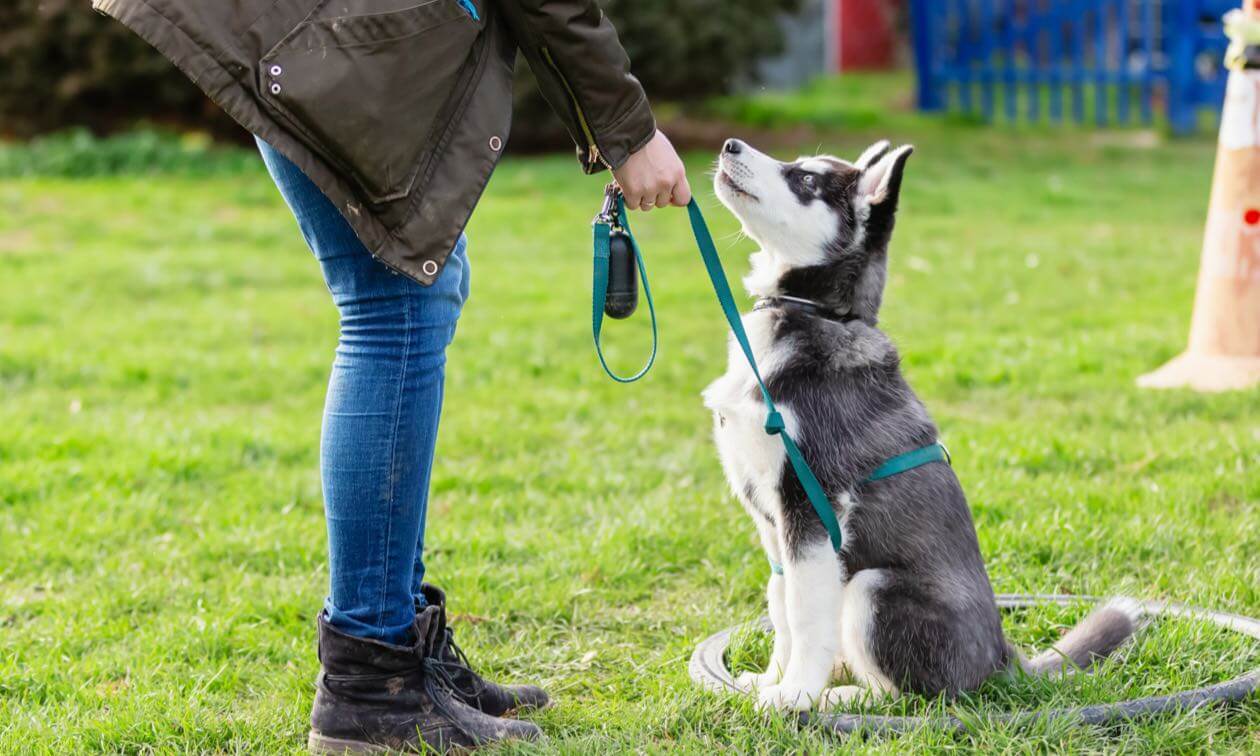Reactive dog walking is more than just a method of exercise; it’s an essential tool to help dogs who struggle with overstimulation or anxiety during walks. At All Good Dogs, we understand how challenging it can be to manage a reactive dog in public spaces. This article explores the seven calming benefits of reactive dog walking and why it’s vital for your dog’s mental and physical well-being.
What is Reactive Dog Walking?
Reactive dog walking refers to a structured, controlled walking technique tailored for dogs that exhibit reactive behaviors—such as barking, lunging, or over-excitement—when exposed to certain triggers like other dogs, people, or noises. Unlike regular walks, reactive dog walking focuses on calming the dog through controlled exposure, distraction techniques, and positive reinforcement.
By practicing reactive dog walking, owners can reduce their dog’s stress levels and improve their overall behavior, leading to safer and more enjoyable walks.
1. Reduces Stress and Anxiety in Reactive Dogs
One of the primary benefits of reactive dog walking is its ability to reduce stress and anxiety. Reactive dogs often experience heightened emotions during walks, triggered by unfamiliar stimuli. Reactive dog walking uses gradual exposure and calming techniques that help your dog feel safer and more in control.
Through repeated, calm walks in controlled environments, dogs learn to manage their responses to triggers better. This decrease in anxiety not only makes walks more enjoyable but also improves your dog’s quality of life.
2. Builds Confidence and Social Skills
Reactive dog walking offers an excellent opportunity for reactive dogs to build confidence. By exposing your dog to triggers in a controlled manner, they gradually become more comfortable with their environment. This slow desensitization helps your dog approach situations with curiosity rather than fear or aggression.
Additionally, reactive dog walking fosters better social skills. Dogs learn to tolerate or even enjoy the presence of other dogs, people, and distractions, which can translate into improved behavior outside of walks.
3. Encourages Physical Exercise with Mental Stimulation
Reactive dog walking is not just about calming your dog; it also provides important physical exercise combined with mental stimulation. Exercise is crucial for all dogs, but reactive dogs benefit particularly from walks that engage both mind and body.
Mental stimulation during reactive dog walking comes from focusing on commands, redirecting attention, and navigating triggers. This combination of physical and mental activity helps tire your dog in a healthy way, reducing unwanted behaviors caused by pent-up energy.
4. Improves Owner-Dog Communication
Effective reactive dog walking strengthens the bond between you and your dog through improved communication. Since this walking style requires attentiveness and patience, owners learn to read their dog’s body language more accurately.
You become more aware of your dog’s triggers, calming signals, and thresholds, allowing you to respond more effectively. This enhanced communication creates a sense of trust and security, making your dog feel more comfortable and cooperative.
5. Helps Prevent Aggressive Behavior
Reactive dog walking can significantly reduce the risk of aggressive outbursts. By addressing reactive behaviors early and providing controlled exposure to triggers, the dog learns appropriate responses instead of defaulting to barking or lunging.
Training your reactive dog during walks reinforces positive behaviors and teaches impulse control. Over time, this consistent practice leads to fewer reactive incidents and safer interactions for both your dog and others.
6. Provides Structure and Routine
Dogs thrive on routine and structure, and reactive dog walking offers exactly that. Establishing consistent walking times, routes, and techniques helps your reactive dog know what to expect, which reduces anxiety.
A well-planned reactive dog walk creates a calming environment where your dog feels secure. The predictability and structure can help ease the stress associated with unpredictable triggers, making walks smoother and more enjoyable.
7. Enhances Overall Well-Being and Happiness
Finally, reactive dog walking improves your dog’s overall well-being. Calm, controlled walks contribute to emotional balance, physical fitness, and behavioral improvements. A dog who experiences less stress and more positive social interactions is likely to be happier and healthier.
At All Good Dogs, we believe every dog deserves peaceful, enriching walks. Reactive dog walking is a powerful way to ensure your reactive dog benefits physically and emotionally from daily exercise.
Conclusion: Take the First Step to Calmer Walks Today
Reactive dog walking offers numerous calming benefits that can transform your dog’s behavior and quality of life. By reducing anxiety, building confidence, and improving communication, this approach turns stressful walks into positive experiences for you and your furry friend.
If you’re struggling with reactive dog walking, All Good Dogs is here to help. Our experienced trainers specialize in helping reactive dogs and their owners enjoy safer, calmer walks. Start your journey today and experience the difference that reactive dog walking can make! From expert tips to trending updates, it’s all available on our main page.
FAQ: Reactive Dog Walking
Q1: How long does it take to see results with reactive dog walking?
Results vary depending on the dog’s temperament and the consistency of training. Many owners notice improvements within a few weeks, but ongoing practice is key for lasting changes.
Q2: Can reactive dog walking be done alone, or should I seek professional help?
While some techniques can be applied independently, professional guidance from trainers experienced with reactive dogs can provide tailored strategies and quicker progress.
Q3: What equipment is best for reactive dog walking?
A sturdy harness, a 6-foot leash, and treats for positive reinforcement are essential. Avoid retractable leashes to maintain control and safety.
